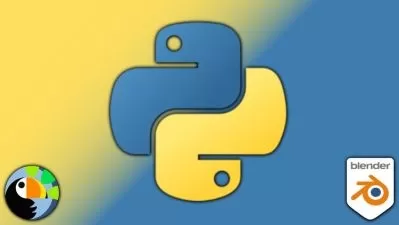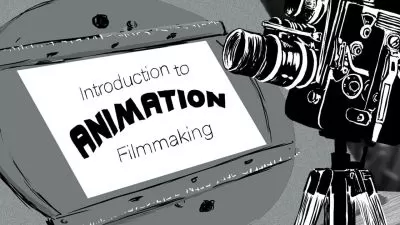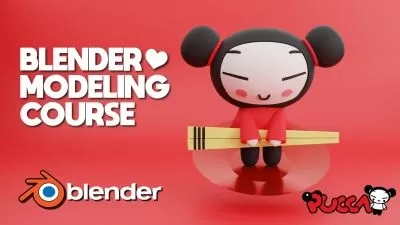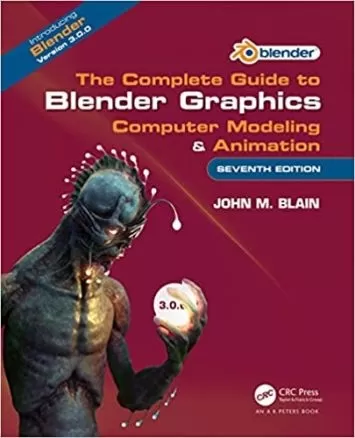About 3D AnimationLearn More
Creating 3-dimensional animations that move inside digital environments requires a combination of programming prowess and artistic skill. Good 3D animation is vital to making best-selling video games, animated movies, and television series, as well architectural renderings and prototypes.
Sort by:
Sorting
The newest
Most visited
Course time
Subtitle
Filtering
Courses
Subtitle

SkillShare


Chad Troftgruben
Setting Up a Character Rig in Adobe Character Animator 1:24:42
English subtitles
12/31/2023
Subtitle
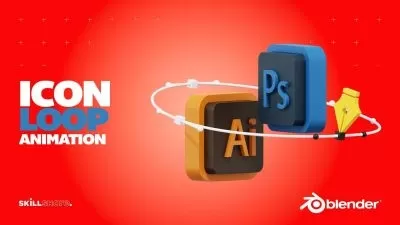
SkillShare


Nodiken 3D
Make A Loop Animation With A 3D Icons Using Blender 58:32
English subtitles
12/31/2023
Subtitle
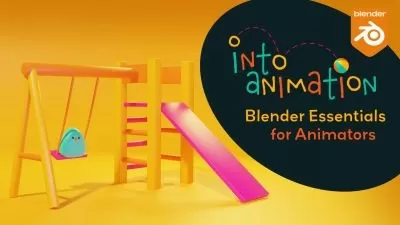
SkillShare


John Knowles
Into Animation: Blender 3D Essentials for Animators 3:05:47
English subtitles
12/31/2023
Subtitle
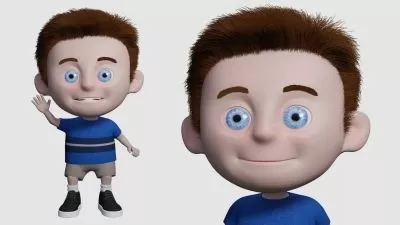
SkillShare


Darrin Lile
Create an Animated Character in Blender 2. 9 14:33:52
English subtitles
12/31/2023
Subtitle

SkillShare


Siobhan Twomey
Create Concept Art for Film & Animation 1:52:36
English subtitles
12/31/2023
Subtitle
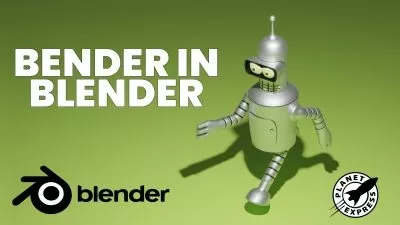
SkillShare


Nodiken 3D
3D Modeling, Rigging And Animating A Cartoon Character 1:56:17
English subtitles
12/31/2023
Subtitle
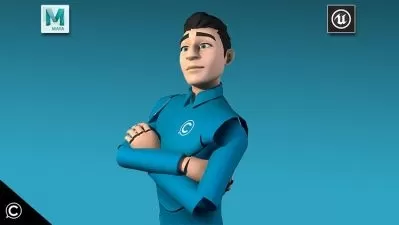
Udemy


Class Creatives
Maya for Beginners: Complete 3D Animation Masterclass 14:47:14
English subtitles
12/27/2023
Subtitle
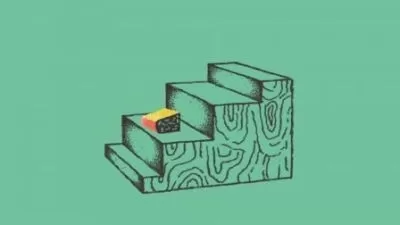
SkillShare


Bee Grandinetti
Live Encore: Creating Anticipation in Animation 1:14:21
English subtitles
12/25/2023
Subtitle
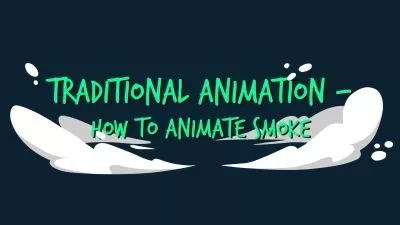
SkillShare


Johannes Fast
Traditional Animation: How to Create Smoke Effects 1:14:45
English subtitles
12/23/2023
Subtitle
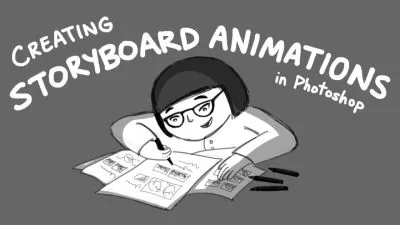
SkillShare


Michelle Tran
Creating Storyboard Animations in Photoshop 18:42
English subtitles
12/23/2023
Subtitle
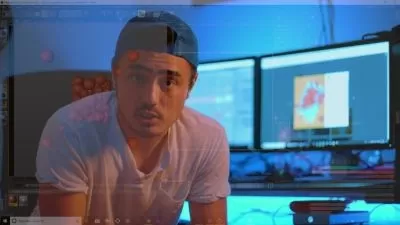
SkillShare


Patrick Foley
Creating a Simple Animation in Cinema 4D Using Dynamics 51:39
English subtitles
12/23/2023
Subtitle
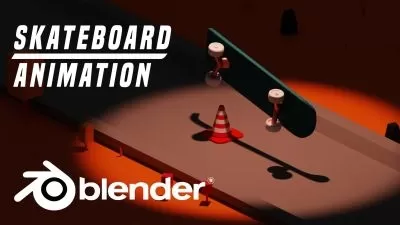
SkillShare


Nodiken 3D
Create A Skateboard Animation With Blender 1:04:33
English subtitles
12/23/2023
Subtitle
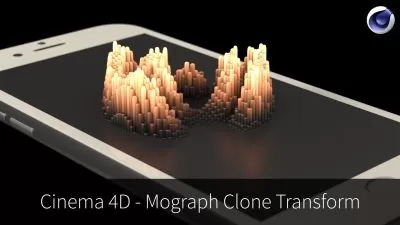
SkillShare


Jesper Sandell
Cinema 4D - Learn Advanced Mograph Techniques and Procedural Systems 2:30:40
English subtitles
12/23/2023
Books
Frequently asked questions about 3D Animation
3D animation, or computer animation, uses a series of computer-generated images that are shown quickly in succession and produce the illusion of movement. What is special about 3D animation is the ability to simulate real-life physics to represent volume and weight, making the object or character feel like it exists in three-dimensional space. 3D scenes can further be captured from several camera angles to more closely mimic real-world approaches to film-making. The basic process of creating a 3D animation can be divided into three major exercises: modeling, animation, and rendering. Modeling tasks include building and texturing the models and rigging the models for movement. Animation requires posing the models along keyframes to create motion, camera set up, and lighting design. Rendering is a process that generates frames between keyframes to produce continuous movement. Finally, the rendered frames are composited, and special effects, transitions, and sound are added.
3D animation relies almost completely on the utilization of computer programs, so your primary tools include your computer (make sure you have a robust processer and graphics card, plenty of RAM, as well as a reliable hard drive for storage) and sophisticated software for developing 3D models and animation. The most popular 3D applications include Maya, 3Ds Max, Blender (an open-source program), Cinema 4D, zBrush (a program focused on 3D sculpting and texturing), and Unity (to build 3D assets for gaming). Video editing software like AfterEffects and Premier is also a necessity when it comes to piecing together rendered footage and adding special effects or motion graphics. And programs like Adobe Illustrator and Photoshop are used to help you develop textures and shape guides used in production. While most programs work with the same set of animation fundamentals, each tool has unique features and may be preferable for different animation uses.
Regardless of animation technique, you first need an understanding of the basic animation principles. These include how objects move and act, how to stage the action, how to time movements realistically, and how to communicate physical attributes, including personality. A convincing 3D animation requires you to study the movements of humans as well as biped and quadruped creatures, facial movements and expressions, mechanical design, and the effects of weight and physics on movement. Skills required for 3D animation foremost require the proficiency of 3D modeling and animation programs: learn how to build 3D models, create and apply textures, and rig models for movement. Then learn how to create key poses along a timeline so that the resulting movement looks natural when the frames are rendered. Finally, learn to tweak timing and poses to create nuanced movements that bring your character or object to life.





